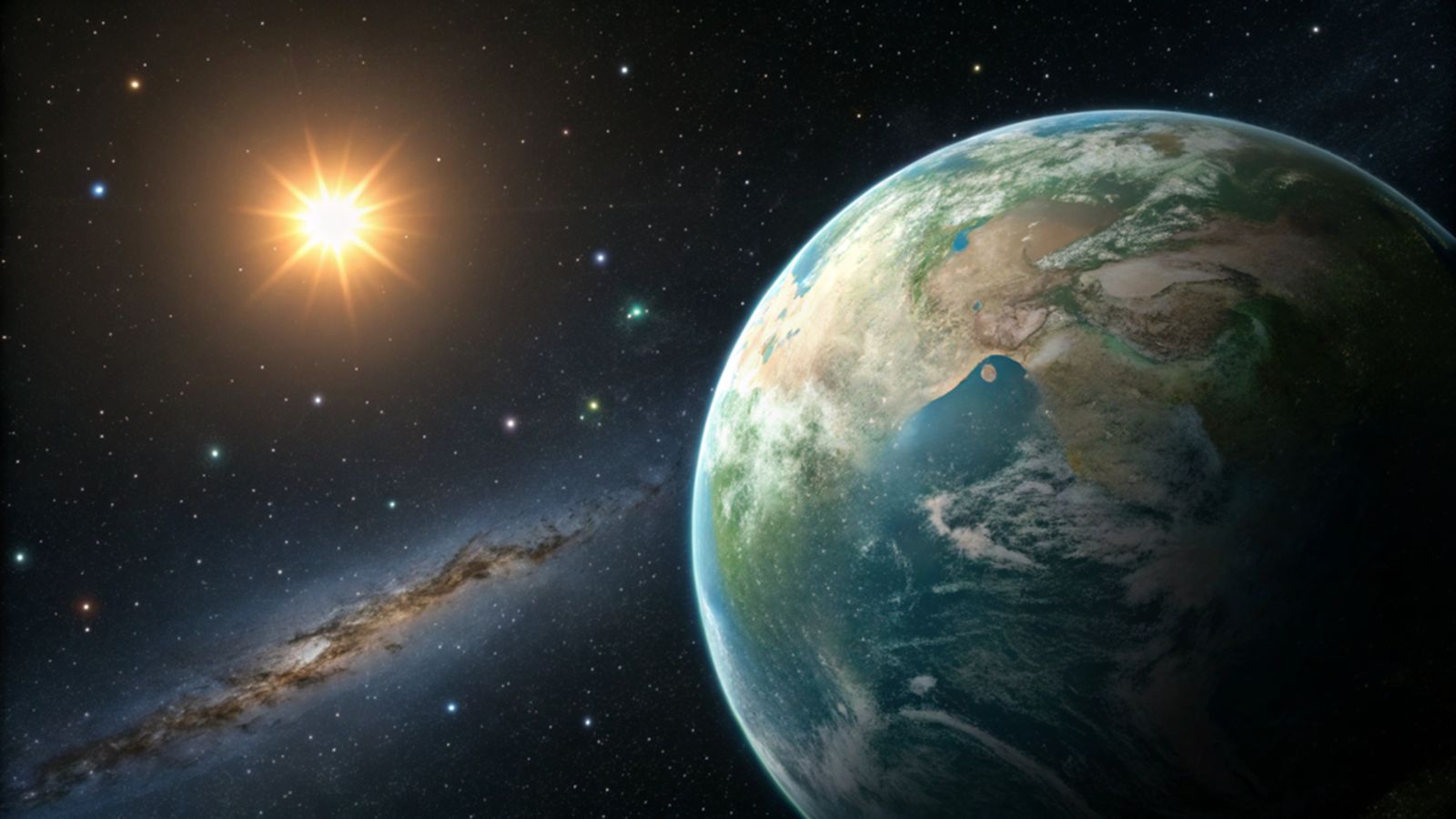Discovery of a nearby super-Earth in the habitable zone, presence of life? 🌍
Follow us on Google News (click on ☆)

Located just 20 light-years away, HD 20794 d has a mass six times that of Earth. It orbits a star similar to the Sun, in a zone where liquid water could exist. This discovery, published in Astronomy & Astrophysics, is based on more than two decades of observations.
Dr. Michael Cretignier, from the University of Oxford, initially detected a candidate signal in 2022. This signal, captured by the HARPS spectrograph in Chile, indicated the potential presence of a planet. However, the weakness of the signal required thorough confirmation.
To validate this discovery, an international team analyzed data collected by HARPS and its successor ESPRESSO. These instruments, among the most precise in the world, measure the tiny variations in starlight. Advanced processing methods were used to distinguish the planetary signal from background noise.
The confirmation of HD 20794 d was a great joy for Dr. Cretignier. Its proximity to Earth makes it a prime target for future observatories. Observations could study its atmosphere for biosignatures, chemical indicators of life.
Although located in the habitable zone, HD 20794 d has an elliptical orbit, leading to significant temperature variations. These conditions could affect its habitability, but they make it a unique case study for scientists.
Upcoming observatories, such as the Extremely Large Telescope (ELT) and the Habitable Worlds Observatory (HWO), could provide crucial information about this planet. HD 20794 d represents a rare opportunity to study a potentially habitable exoplanet.
Dr. Cretignier expresses his enthusiasm for future research on HD 20794 d. This discovery opens new perspectives for the search for extraterrestrial life and the understanding of Earth-like planets.
What is a super-Earth?
A super-Earth is a planet with a mass between that of Earth and that of gas giants like Neptune. These planets can be rocky or have a thick atmosphere.
Super-Earths are more easily detected in nearby stellar systems. They represent an important category in the search for habitable planets.
HD 20794 d, with a mass six times that of Earth, is a typical example of a super-Earth. Its position in the habitable zone of its star makes it a prime target for research on extraterrestrial life.